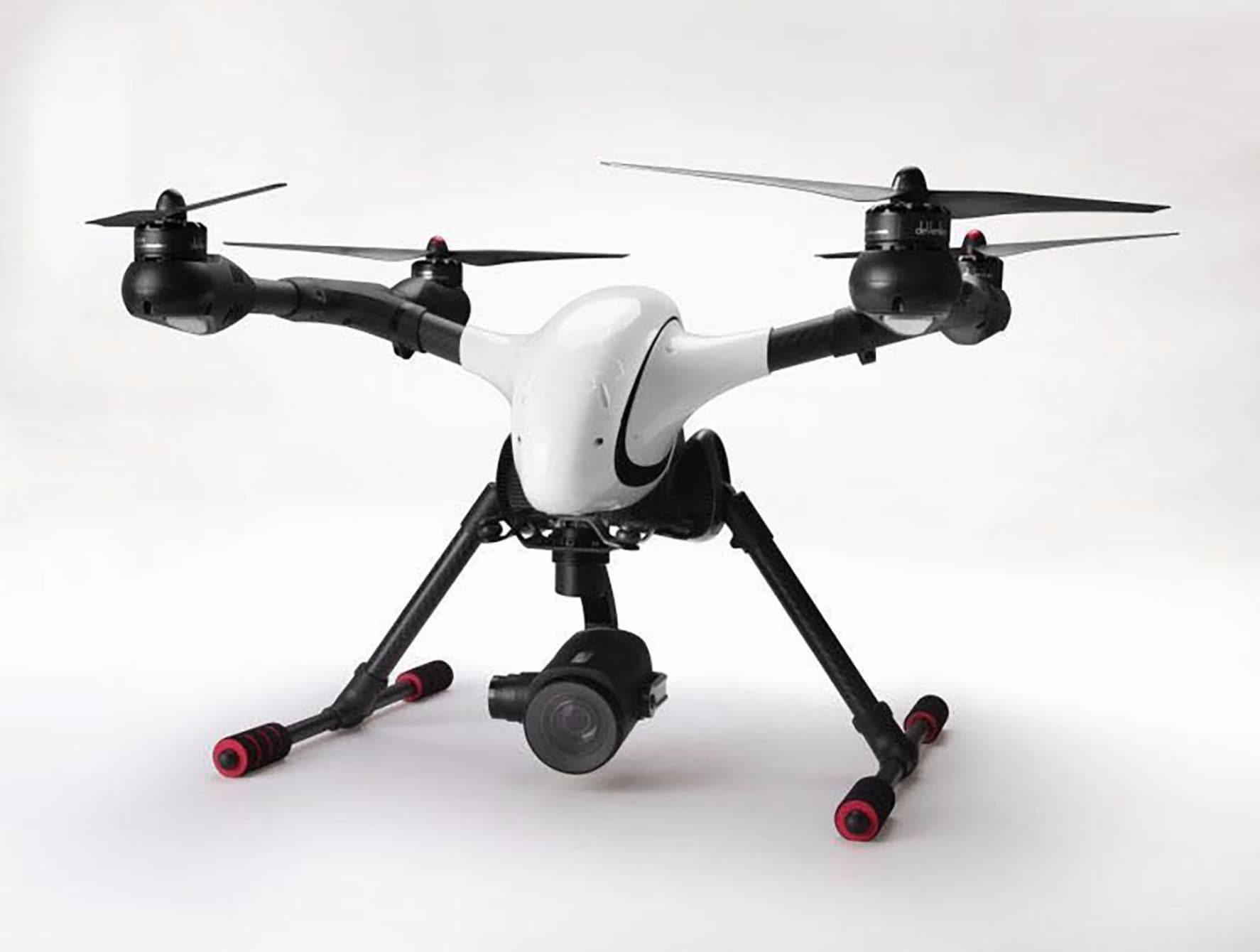It’s been a big week in the consumer drone market for zoom capabilities. First came news that DJI is set to release a new drone camera, the Zenmuse Z3, which offers a 7x zoom creating the equivalent of a 22mm to 77mm focal length range. And now, more news from the world of superzoom drones…
The DJI camera may have just been blown out of the water by a new market entry from Walkera, the Chinese manufacturer that produces drones for racing and photography. Walkera’s Voyager 4 will come with a 16x optical zoom that gives you the equivalent of a 10-1500mm lens. But how does that measure up to market competitors? Well, to give you an idea of how powerful that zoom is, it will allow pilots to capture a similar frame in terms of quality to say, a DJI Phantom 4, but from a lot further away. Over half a mile away in fact, according to Walkera.
Warning: Slightly strange commercial…
Clearly, after the launch of DJI’s Zenmuse Z3, this is the second piece of news in a week that will do little to ease privacy fears surrounding the use of consumer drones. While in the past pilots have been able to claim that the common wide-angle lens is suited to scenery rather than snooping, it’s difficult to suggest the same is true of this next generation of UAVs. Having said that, there are clear benefits to drones capable of optical zoom. Not only does it give filmmakers more creative options to explore, there are also plenty of potential commercial applications. One of those is surveillance. The Voyager 4 will come with one feature in particular that will interest law enforcement.

The Voyager 4 can be controlled through its own Wi-Fi network, which has a range of just under 1 mile. Alternatively, the drone and controller can be connected via 4G internet, giving it a seemingly unlimited control range. To put that into perspective, you could theoretically fly your Voyager 4 in London and control it from New York. It might go against a few of the line-of-site laws in effect around the world, but it’s still a pretty impressive capability.

We are yet to receive an official release date or pricing information from Walkera for the Voyager 4. But, judging by the $2,000 Voyager 3, we can safely expect that it will be priced to fit within the prosumer market. We’ve contacted the company, and will post any updates when we receive them.
Malek Murison is a freelance writer and editor with a passion for tech trends and innovation. He handles product reviews, major releases and keeps an eye on the enthusiast market for DroneLife.
Email Malek
Twitter:@malekmurison
Subscribe to DroneLife here.







“16x optical zoom that gives you the equivalent of a 10-1500mm lens” ?!
Don’t be silly please!
You do not know what you have wrote (or copied).
10 x 16 = 160.
So, how can be 1500?
10 mm and 1500 mm are not the 2 focal lenghts of the zoom, obviously!
10 mm (Full Format 35 mm format equivalent) would be an extreme wide angle, probably a fish eye.
But no zoom lens in the world exist with these numbers!
—————
Really, 10 mm mean the minimum distance that the subject can be focused when the lens is in wide angle position, 1500 mm (= 1.5 m) is the minimum distance that the subject can be focused in tele position.
That’s all.
I like it.